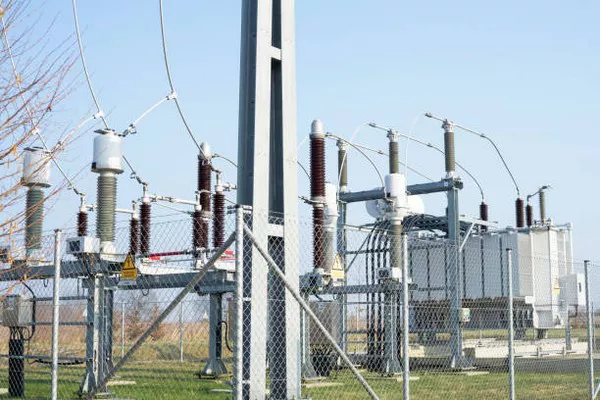In the realm of electrical engineering, transformers serve as crucial components for the transmission and distribution of power. Among the various transformer configurations, the zigzag transformer stands out for its unique design and operational characteristics. This article delves into the inner workings of a zigzag transformer, exploring its construction, applications, advantages, and key operational principles.
Introduction to Transformers
Before delving into the specifics of a zigzag transformer, it’s essential to grasp the fundamental principles of transformers. A transformer is an electrical device that transfers electrical energy between two or more circuits through electromagnetic induction. It consists of two or more coils of wire (known as windings) linked by a magnetic field. Transformers can step up (increase) or step down (decrease) voltage levels, enabling efficient transmission and distribution of electrical power.
Overview of a Zigzag Transformer
A zigzag transformer is a specialized type of transformer that derives its name from the winding arrangement of its primary and secondary windings. Unlike conventional transformers where windings are connected in a straightforward manner, the windings in a zigzag transformer are configured in a zigzag pattern. This unique arrangement offers several advantages in specific applications, particularly in grounding systems and phase shifting.
Construction of a Zigzag Transformer
The construction of a zigzag transformer is based on a specific winding configuration. It typically consists of three windings wound on a single core:
Primary Windings: The primary winding is divided into sections, with each section wound in a zigzag pattern across the transformer core. This configuration allows for the connection of multiple phases.
Secondary Windings: Similarly, the secondary winding is also wound in a zigzag pattern. This arrangement facilitates specific applications like phase splitting and providing a neutral connection.
Core: The windings are typically wound around a common magnetic core, which may be of different types depending on the transformer’s size and voltage rating. The core material is chosen to minimize losses and maximize efficiency.
Operational Principles
The operational principles of a zigzag transformer are tied to its winding configuration and the behavior of magnetic fields within the transformer core. When an alternating current (AC) voltage is applied to the primary winding, it generates a magnetic flux within the core. This magnetic flux induces a voltage in the secondary winding, thereby transferring electrical energy from one circuit to another.
In a zigzag transformer, the unique arrangement of windings allows for specific functions:
Grounding: One of the primary applications of a zigzag transformer is in grounding systems. By connecting one end of each zigzag winding to a neutral point, the transformer can provide a low-impedance path to ground for fault currents, enhancing safety and stability in electrical systems.
Phase Shifting: Another important function of a zigzag transformer is phase shifting. By manipulating the connections between windings, the transformer can introduce a phase shift between input and output voltages, which is useful in certain power distribution scenarios.
Applications of Zigzag Transformers
Zigzag transformers find applications across various industries and electrical systems due to their versatility and unique characteristics. Some common applications include:
Grounding Transformers: Zigzag transformers are extensively used in power systems to provide effective grounding and fault protection.
Harmonic Mitigation: In systems with nonlinear loads, such as those found in industrial settings, zigzag transformers can help mitigate harmonic distortion and improve power quality.
Neutral Connection: Zigzag transformers are employed to create a neutral point for ungrounded systems, ensuring balanced voltages and improving system performance.
Phase Shifting: They are utilized in phase-shifting transformers to adjust the phase relationship between voltage and current in power networks.
Advantages of Zigzag Transformers
The utilization of zigzag transformers offers several advantages over conventional transformer designs:
Improved Ground Fault Protection: Zigzag transformers provide effective grounding, reducing the risk of equipment damage and ensuring personnel safety during fault conditions.
Flexibility in Phase Connections: The zigzag configuration allows for flexible phase connections, enabling customized voltage and current transformations to meet specific system requirements.
Harmonic Suppression: Zigzag transformers can mitigate harmonic distortions caused by nonlinear loads, enhancing the overall reliability and efficiency of power systems.
Compact Design: Despite their unique winding pattern, zigzag transformers can be designed in a compact manner, making them suitable for installations where space is limited.
Conclusion
In summary, a zigzag transformer is a specialized type of transformer that plays a vital role in modern electrical systems. Its unique winding configuration enables efficient grounding, phase shifting, and harmonic suppression, making it indispensable in various industrial, commercial, and utility applications. Understanding the operational principles and advantages of zigzag transformers is essential for engineers and technicians involved in power system design and maintenance, ensuring the safe and reliable operation of electrical infrastructure. By harnessing the capabilities of zigzag transformers, engineers can optimize power distribution, enhance system stability, and improve overall energy efficiency in diverse electrical installations.

